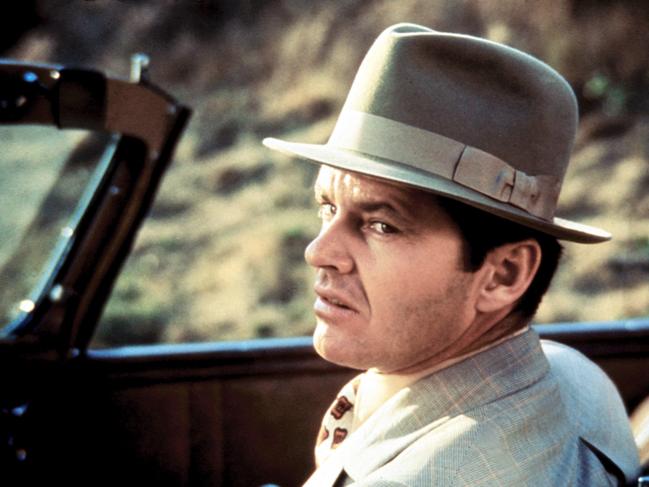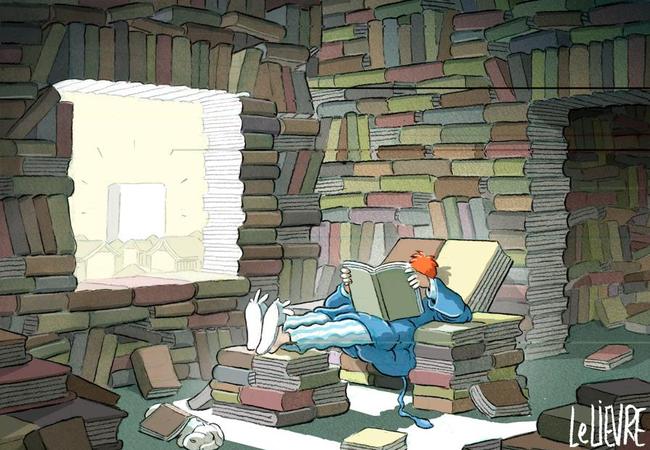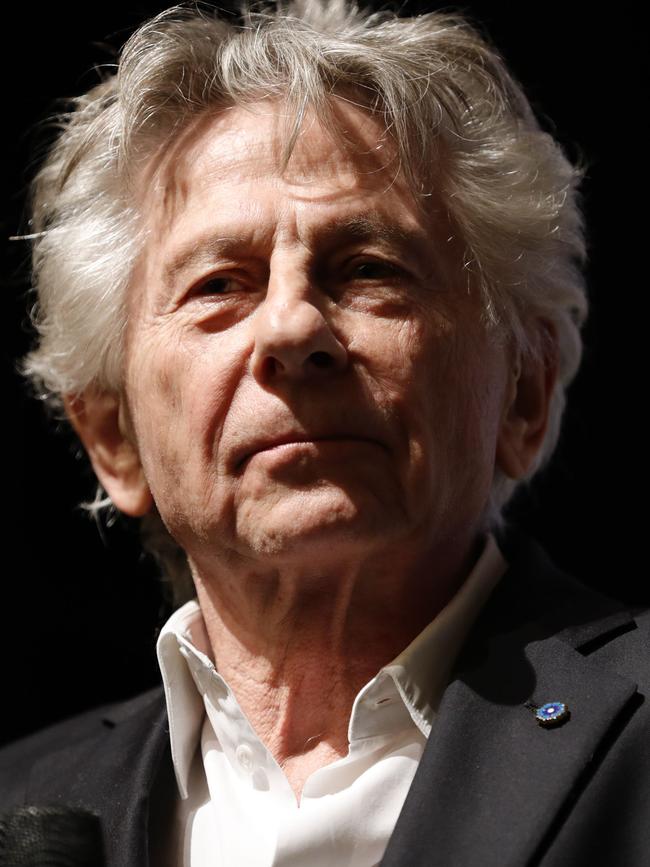What makes a classic?
Chinatown is generally regarded as a modern classic. But the best film of all time? Humbly, I argue that’s a step too far.

What is a classic? That was the title of a speech delivered by TS Eliot to the Virgil Society in 1944. Eliot, the society’s inaugural president, was already a literary statesman in his own right. He used the occasion to argue that a classic could occur only when a civilisation was “mature”, building his theme around the universality of the Roman poet they had come to celebrate.
“The one thing he couldn’t aim at, or know that he was doing, was to compose a classic,” Eliot said, referring to Virgil. “For it is only by hindsight, and in historical perspective, that a classic can be known as such.”
Three-quarters of a century on, the great lockdown offers us a chance to pause. It gives us the opportunity to stop, to catch up to ourselves, whether that means on tax, housework or exercise — or, if you’re like me, to finally make time for some of those classics you’re a little embarrassed to admit have passed you by.

I recently took on two of them: The English Patient, by Michael Ondaatje, and Chinatown, Roman Polanski’s noir thriller. Both are generally known as modern classics.
From the first page to the last, Ondaatje’s novel comes across as a clear masterpiece.
Polanski’s film, though, feels dated. A fine piece of storytelling, sure, and it’s easy to see why Jack Nicholson was nominated for an Oscar. But to call it the “best film of all time” — the term used in a 2010 poll of Guardian and Observer critics — well, that’s a step too far. I’d obviously read about those final words: “Forget it, Jake, it’s Chinatown.” But in context they sounded less like gritty realism and more like a cheap excuse for neglect.
Now before you fire off angry letters to the editor, accusing me of cultural ignorance and blasphemy, consider this: I was born in 1978, four years after Chinatown was released. When I sat down to watch the film, it was, to state the obvious, a different world.
That critic’s poll had Chinatown ahead of Psycho, Andrei Rublev, Annie Hall, 2001: A Space Odyssey, Brief Encounter and Apocalypse Now. All influential achievements, especially if you’re inclined to overlook anything after 1980.
So maybe the problem is generational bias. If you had encountered those films at an impressionable age — say, your early 20s — then you’re more likely to see them as the work of gods.
But what if you’re like me, and that impressionable time came later?
In a few decades, I may find myself explaining to my son the relative merits of, say, Kaufman or Nolan or Tarantino or Scorsese or the Coen brothers. God forbid he fails to appreciate action masterpieces such as Terminator 2: Judgment Day or The Matrix or The Usual Suspects, or comedians such as Robin Williams, Jim Carrey and Mike Myers.
Film is, of course, a new medium. It takes time for critical consensus to settle. And even when it does, our tastes continue to evolve.
The important point is endurance. We can argue forever about what constitutes a masterpiece, but an artwork needs to transcend its own era to have a fighting chance.

If he wants his shot at immortality, Polanski will have to overcome this kind of generational backlash. After all, art lovers took years to warm to Piero della Francesca. Vermeer had been dead for two centuries before his work took off. The Mona Lisa became a celebrity only after she was stolen in 1911. And in 1905, when Matisse and friends were called les fauves, or “wild beasts”, it was not a compliment.
In his speech, Eliot was probing the term classic, which carries with it greater baggage than masterpiece. Either way, he was on solid ground with Virgil. Two thousand years will do that. Perhaps in another thousand we still may be watching The Shawshank Redemption on repeat.
READ MORE: Put on your clothes and get a job | How I fell in love with Marilyn Monroe: David Stratton

To join the conversation, please log in. Don't have an account? Register
Join the conversation, you are commenting as Logout